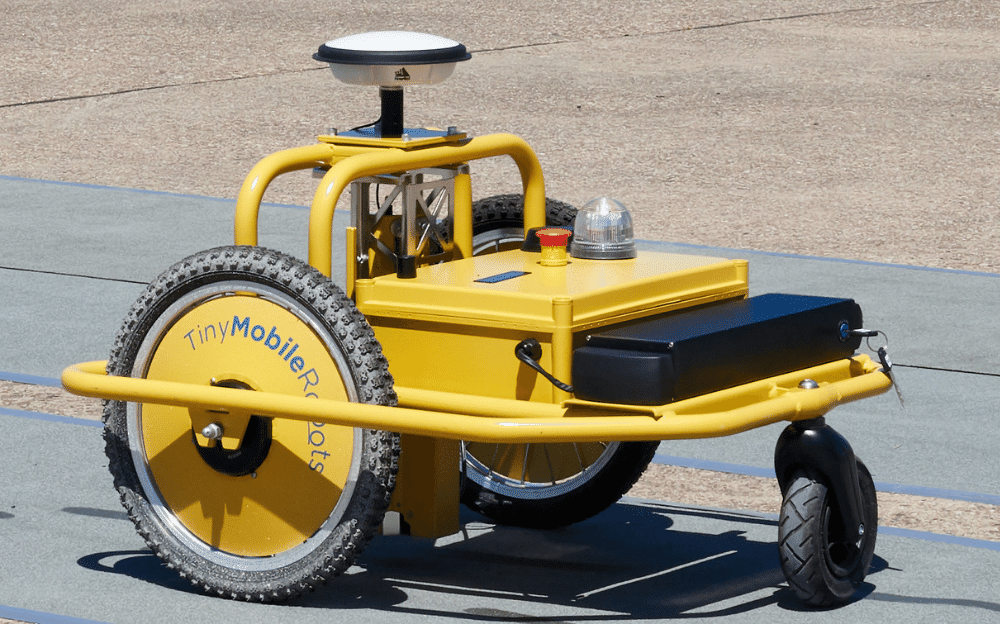Traditionally the new lane lines (particularly the rib lines & around junctions) would be set out on site by the engineering and surveying team. This would involve walking the line with setting out equipment and then stopping to bend down and spray out the point by hand.
This presents a significant time and cost of resource to undertake these works, as well as putting risk of health issues such as back issues all whilst working in a combination of lane closures and full closures at night.
Therefore this contractor has used a Robotic Pre-marker unit that incorporates a GPS rover unit with marking out capability, to allow the unit to set out lane lines using the design model, rather than relying on a engineering/surveying resource. The unit was brought to site and undertook two trial runs in differing sections of the site, with the surveying team in attendance, to verify the accuracy.
When working accurately the robot pre-marker has the ability to provide a number of benefits over the existing, traditional way of setting out: The unit itself only weighs 22kg so does not present any issues with loading/unloading at a works area. Currently there have been zero reported occurrences of the robot leaving the planned course, however, while the technology is still being developed, the machine is supervised with the ability to stop it at any point.
To find out more, click the link below.
Monitor Report. Costain Ltd. Lancashire. May 2024.
Did you find this article helpful?
Please rate this article

Loading...





